The web3 internet phase is slowly reducing in google search volume and investors funding because of the latest economic drop down in the crypto space.
Web3 critics still don’t believe in web3 as they say it’s still not secured and having the same problem as web2, which is centralisation problem.
An ideal decentralised internet is almost impossible according to reports.
This gives all web3 created platforms a suspicious look currently.
This article will explain web3 as it relates with decentralized autonomous organisations (DAO), and the known 1percent problem in web3.
What is Web3
Web3 is seen as the new decentralised internet built on blockchain to give users the ownership of their data.
A report revealed that web2 giant platforms (social media) illegally sells users data.
Since then, the web3 saga became popular.
What is DAO
Decentralised autonomous organisations have no centralised body for decision making. They have no hierarchy when it comes to the running and management of the organisation.
In the crypto space, every decision in the DAO is made through members votes and not a centralised source.
How web3 relates with DAO
The principle of operation used in DAO is the web3 principle.
In operation, web3 principles are used to create a democratic structure of decentralised governance over any decision to be made towards a project.
Every DAO has a project to perform from time to time.
In the crypto space, developers of DAOs create a new cryptocurrency.
The members of the DAO owns specific amount of the coin, according to their capacity.
The amount of coin you acquire gives you an amount of voting power.
After acquiring any amount of the coin, the person with the most amount have the most voting power.
The one percent problem in web3 and DAOs
Recent reports shows that web3 ownership is not totally decentralised.
According to Chainalysis, Web3 ownership is shockingly centralised.
From the definition of DAOs, DAOs claim to be fully decentralised by utilizing a decentralised principle for organizational management.
However, after analysing about 197 DAOs, about 1% of token holders control over 90% of the voting power.
This shows that just that 1percent of the people can control the whole 99percent by having the highest voting power.
This also means that the decision of the 1percent can overturn that of the 99percent.
Chainalysis used Solend SLND1 proposal as a case study.
Solend, a decentralised lending and borrowing platform built on solana block chain, had a fierce economy challenge after solana bearish season and the protocol’s biggest whale saw a margin call.
Sequel to that, the platform needed a decision to be made and called for a vote on a proposal to liquidate positions through an OTC instead of the open market.
Immediately the proposal was passed, over 1 million of the total 1.1million votes in favor of the proposal was from one single voter(1percent problem).
After several lashes from crypto experts about the failure of Solend towards maintaining web3 standard, the company stepped back from the proposal.
This issue is worrisome in the decentralised world, as the same problem continues to be repeat itself.
If one person has 99percent vote power I will say the organisation it’s even worse than a centralised organisation.
Conclusion
More work needs to be done in the development of an ideal web3 platform or DAO.
Also, I feel it won’t be possible since the same web2 giants are tripping into the web3 ecosystem with one of them having a large share in the space.

